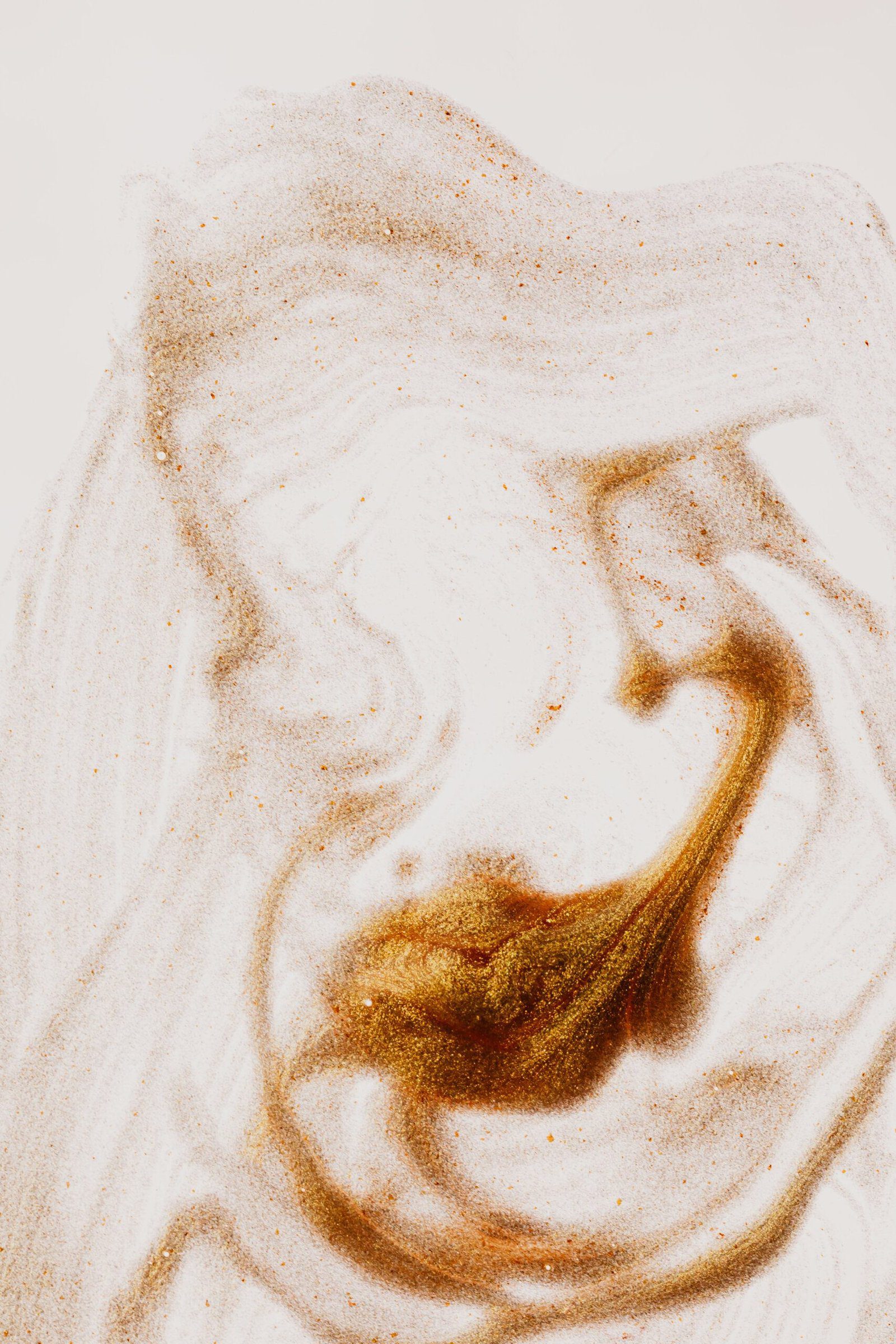Table of Contents
Get ready to experience an overload of cuteness with our collection of adorable capybara pictures! These captivating snapshots capture the charm and endearing nature of these lovable creatures. From their big brown eyes to their expressive faces, these pics showcase the undeniable charisma of capybaras. Whether they're lounging in the sun or taking a dip in the water, these gentle giants never fail to bring a smile to your face. So prepare yourself for a delightful journey through a gallery filled with irresistible capybara charm!

Introduction
Welcome to the world of capybaras! If you're looking for an interesting and unique animal to learn about, you've come to the right place. Known for their adorable appearance and friendly nature, capybaras are fascinating creatures that roam the wetlands and grassy areas of South America. In this article, we will delve into their habitat, social behavior, lifestyle, and even their interactions with humans. So buckle up and get ready to embark on a journey to discover all there is to know about these lovable creatures!
Habitat and Appearance
Natural Habitat
Capybaras are semi-aquatic animals, which means they spend a significant amount of their time in and around bodies of water. They are native to South America, specifically found in countries such as Brazil, Colombia, and Venezuela. These water-loving creatures can be spotted in wetlands, marshes, and the edges of lakes and rivers. With their adaptability to both land and water, they have truly mastered the art of navigating their natural environment.
Physical Characteristics
Capybaras are the largest rodents in the world, measuring about 1 to 1.5 meters in length and weighing up to 70 kilograms. They have sturdy bodies with short legs and webbed feet, making them excellent swimmers. Their fur is dense and coarse, ranging in color from reddish-brown to grayish-brown. One of their most noteworthy features is their adorable round face, complete with large eyes and ears that enable them to be alert to their surroundings. Capybaras have sharp, continuously growing incisors that aid in their herbivorous diet. In short, they're cuddle-worthy creatures that possess a unique charm!

Social Behavior
Family Structure
Capybaras are highly social animals and live in groups called herds. These herds consist of around 10 to 20 individuals, although larger groups of up to 100 capybaras have been observed in certain habitats. Within the herd, there is a clear hierarchical structure, with an alpha male and alpha female leading the group. These leaders have the responsibility of protecting the herd and maintaining order. Capybaras display strong bonds within their family unit, often engaging in mutual grooming and vocalizations to communicate with each other.
Interaction with Other Species
Capybaras are known for their peaceful nature, and they often coexist harmoniously with other species in their habitat. It's not uncommon to see them interacting with birds, reptiles, and even larger mammals such as deer. These interactions usually involve mutual curiosity and tolerance, making capybaras a well-loved companion among the animal kingdom.
Lifestyle and Diet
Daily Routine
Capybaras lead a fairly laid-back lifestyle. Their days are often spent close to bodies of water, where they can cool off and graze on vegetation. They are crepuscular animals, which means they are most active during the early morning and late afternoon. During the hottest hours of the day, capybaras tend to seek shade and rest, conserving their energy for their social activities in the cooler hours.
Feeding Habits
Capybaras are herbivores, and their diet consists mainly of grasses, aquatic plants, and certain fruits and vegetables. They have efficient digestive systems that can extract nutrients from the tough fibers of plants. With their strong incisors, capybaras can graze on vegetation both on land and in the water. These adaptable eaters play an important role in maintaining the balance of their ecosystem through their feeding habits.

Capybara as Pets
Legal Considerations
While many find the idea of having a capybara as a pet enticing, it is essential to consider the legalities and regulations surrounding their ownership. Depending on your location, it may be illegal to keep a capybara as a pet without proper permits and licenses. It is crucial to research the laws in your area and consult with local authorities or animal experts to ensure compliance with legal requirements.
Care Requirements
Capybaras have specific care requirements that potential owners need to be aware of before considering them as pets. These requirements include providing ample space for them to roam and swim, as well as secure enclosures to keep them safe. Capybaras also need a diet consisting of fresh vegetation and access to clean water for swimming. Regular veterinary care, socialization, and mental stimulation are equally important for their overall well-being. It is essential to thoroughly understand and commit to meeting these needs before bringing a capybara into your home.
Challenges and Benefits
Owning a capybara as a pet can come with both challenges and benefits. On the one hand, capybaras require extensive care, and their large size can be logistically challenging. Their need for water and space should not be underestimated. On the other hand, capybaras are known for their friendly and affectionate nature, often forming strong bonds with their owners. Their laid-back demeanor and social instincts can provide a unique and rewarding companionship experience. However, it is important to remember that capybaras are exotic animals with specific needs, and their ownership should be undertaken by committed, responsible individuals.
Popular Capybara Breeds
Capybara Breed 1
There is only one recognized species of capybara, Hydrochoerus hydrochaeris. However, within this species, there can be variations in size, color, and coat texture. These variations are not considered distinct breeds, but rather natural differences among individuals. Capybaras exhibit a fair amount of genetic diversity due to their wide distribution across South America.
Capybara Breed 2
As mentioned earlier, capybaras do not have distinct breeds. The variations seen in their physical appearance are due to individual differences rather than breed classifications. Their natural adaptations to different habitats and climates contribute to these variations, making each capybara unique.
Capybara Breed 3
Similar to the previous point, capybaras do not have defined breeds. Instead, their slight variations in size, coloration, and fur texture are influenced by factors such as genetics, habitat, and diet. It is important to appreciate the natural diversity within the capybara species rather than categorizing them into specific breeds.
Capybara Conservation
Threats to Capybaras
While capybaras are not currently considered an endangered species, they face several threats in the wild. Habitat destruction due to urbanization and agriculture poses a significant challenge for their survival. Additionally, hunting and poaching for their meat and fur continue to have an impact on capybara populations in certain regions. Continued monitoring and conservation efforts are crucial to ensure the long-term survival of these remarkable creatures.
Conservation Efforts
Numerous organizations and researchers are actively working to protect capybara populations and their habitats. These efforts focus on raising awareness, conducting scientific studies, and advocating for legislation to support their conservation. By promoting sustainable land management practices and educating communities about the importance of capybaras, these conservationists aim to ensure the preservation of this species for generations to come.
Capybara Interactions with Humans
Cultural Significance
Capybaras hold cultural significance in certain regions of South America. They have been a part of indigenous traditions and folklore, often symbolizing adaptability, companionship, and harmony with nature. In some cultures, capybaras are considered sacred animals, and their presence is believed to bring good luck and prosperity. This cultural significance reinforces the connection between humans and capybaras throughout history.
Encounters in the Wild
For those lucky enough to spot capybaras in their natural habitat, it can be an unforgettable experience. Their peaceful nature and social behavior make them approachable, but it is important to remember that they are wild animals and should be observed from a safe distance. Witnessing their interactions with other species and their playful demeanor in the water is a true delight. It serves as a reminder of the diverse and incredible creatures that share our planet.
Capybaras as Tourist Attractions
In some regions where capybaras are abundant, they have become a popular tourist attraction. People travel from afar to catch a glimpse of these fascinating animals in their natural habitats. Responsible tourism practices ensure that these interactions do not disrupt the capybaras' lifestyle or pose any threat to their well-being. By appreciating these creatures in their natural environment, tourists contribute to their conservation and broader awareness of the importance of protecting biodiversity.
Capybara Fun Facts
Largest Rodent
Capybaras hold the title for being the largest rodents in the world. Their impressive size, combined with their gentle temperament, makes them truly unique creatures. Despite their imposing appearance, they are harmless herbivores and pose no threat to humans.
Semiaquatic Lifestyle
Capybaras are uniquely adapted to a semiaquatic lifestyle. They have webbed feet that help them navigate the water with ease, making them exceptional swimmers. This adaptation not only aids in their movement but also provides a natural cooling mechanism during hot weather.
Communication
Capybaras are highly social animals, and they use various forms of communication to interact with each other. They emit different vocalizations, such as purring or barking, to express their emotions or communicate important messages within the herd. They also engage in tactile communication, including grooming and touching, to strengthen social bonds and maintain group cohesion.
Famous Capybaras
Capybara Celebrity 1
Melvin, the capybara, rose to fame on social media platforms for his captivating and adorable personality. Known for his love of watermelon and unwavering friendliness, Melvin amassed a loyal following who enjoyed witnessing his day-to-day adventures and charming interactions with his owners. His irresistible charm quickly made him an internet sensation.
Capybara Celebrity 2
Hank, another capybara celebrity, captured the hearts of many with his gentle nature and playful antics. His Instagram account showcased his delightful encounters with humans and other animals, showcasing the joy and happiness that capybaras bring to those around them. Hank's popularity served as a testament to the captivating nature of these incredible creatures.
In conclusion, capybaras are undoubtedly one of nature's most fascinating and endearing creatures. Their unique habitat, social behavior, and charismatic traits make them a joy to learn about and observe. From their semiaquatic lifestyle to their peaceful interactions with other species, capybaras exemplify the beauty and diversity of the natural world. Whether as pets, tourist attractions, or cultural symbols, they have captivated the hearts of many and continue to inspire efforts for their conservation. So next time you come across a picture of a capybara, take a moment to appreciate the incredible creature behind those charming eyes.

